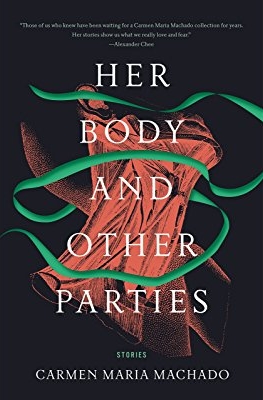Guernica
by Mickey Fisher
I wish I’d brought headphones with me. There’s a song I know of that I always thought I’d listen to, here at the end. Nobody plans to be half a world away at times like these, so I sat alone and waited out the night. So the chorus goes.
I sit by my dad’s bed and stitch memories together.
We were all going on a road trip; this was before my mom divorced him. I was in the area of six years old, and sitting in the back seat with Clay. My dad was the only one not in the car; he was looking for something in the house before we left, sunglasses, maybe. I leaned over the center console, plucked his Marlboro Reds from the dashboard, and placed them on top of the rest of the trash in the little plastic bag that we used for car waste. I didn’t bother hiding the cigarettes under the tissues and wrappers that were already in the trash. I figured I’d be in enough trouble as it was. He came out to the car and asked us where his cigarettes were. His voice was already half-raised. My eyes gave the answer away. I thought he’d yell at me, but instead he said, “I know they’re bad for me.” Then he took them out of the trash.
A wedge of light from the hallway fluorescents cuts into his room in the rehab center. There’s no door to block it. No doors means that nurses can flit in like moths if they have to, administering food and water and drugs. I sit outside of the light’s path, next to him. I can’t tell if he’s conscious or not. If he is, his eyes are pointing at a TV set that’s turned off for quiet hours. Who knows what he sees.
He promised a blue Mustang to my brother and me one Christmas, when we were no older than ten. He wasn’t there to promise it to our faces, but he wrote out a note in wobbly black pen on a piece of note paper. He had a friend, he explained, who was going to sell the blue Mustang to him, and then he’d give it to us. I believed that he intended to. Our mom told us not to get our hopes up, and we didn’t.
I smell a false smell of vodka. I’m cycling between holding his hand and using too much hand sanitizer. I’d never known him to like vodka; he’d preferred Budweisers. When we’d worried about the beers, we should’ve been paying more attention to the cigarettes in his shirt pocket. The machine dispensing the sanitizer growls at me as I stick my hand underneath its sensor again.
After I graduated from college, I got a call on a rainy Friday on my way in to work. My dad was sick. I became his proxy. His initial illness led to the discovery of something worse. I got him into Mass General, the best-case scenario. I’d visited him on sunny Saturdays in Boston, watched horror movies with him in his room. I’d pushed him in a wheelchair to the meeting with the specialist, who’d told my dad that if he refused treatment, he’d be dead within a year. He’d refused that treatment thirteen months ago.
I check Facebook, the hotline to Clay. My brother is stationed in England and organizing a flight home with the Red Cross. I’d sent him the rehab center’s number and was waiting for him to call their phone. He wants to speak to our dad before he passes, and I don’t want to see how high the charges will be on my own line. There are no bright red notification badges interrupting the bold blue header of the site. I close the app.
A thin blue curtain hangs between my dad and his neighbor in the room. I hear the other man breathing in his sleep. I hear the calm beeping of machines. I do not hear the ring of the phone at the reception desk. Not yet. So I sit alone and wait out the night.
Mickey Fisher is a current degree candidate at The Mountainview Low Residency MFA in Fiction and Nonfiction.





















